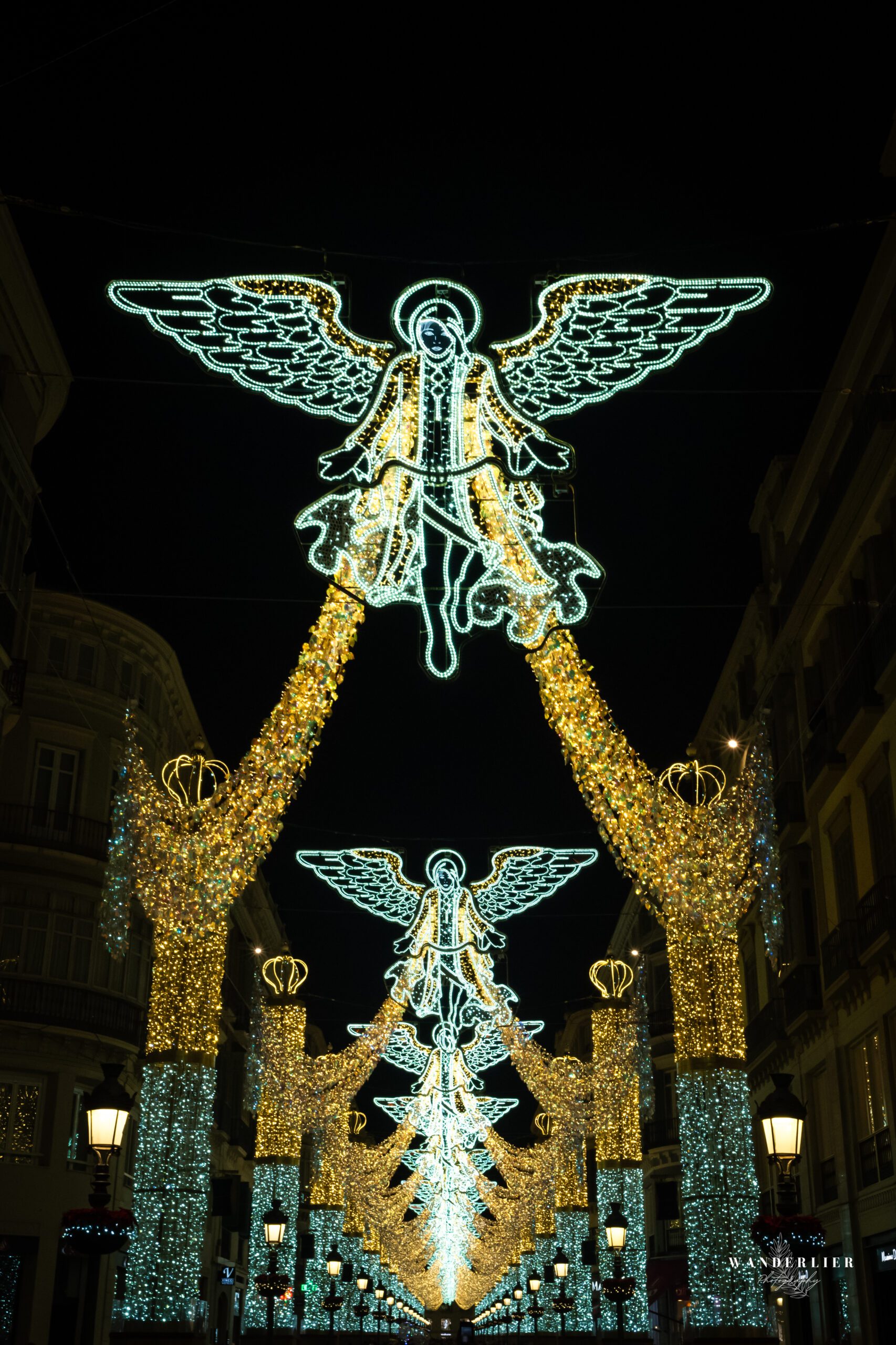The Malaga Cathedral
The Malaga Cathedral, also known as the Cathedral of Malaga, is a stunning example of Spanish Renaissance architecture. It is located in the heart of the vibrant city of Malaga on the Costa del Sol.
Construction of the cathedral began in 1528 on the site of a former Moorish mosque. Although the original intention was to build a Gothic cathedral, the design was soon influenced by the emerging Renaissance style. As a result, the cathedral combines various architectural elements, contributing to its unique character.
The cathedral is known for its imposing façade, with impressive sculptures and detailed decorations. The entrance portals, particularly the Puerta del Nacimiento and Puerta del Perdón, are masterpieces in themselves and tell religious stories through sculptures.
Inside, the space is characterized by three naves, divided by rows of elegant columns. The sanctuary houses the beautiful main altarpiece, created by Diego de Cieza. It contains scenes from the life of the Virgin Mary and Christ.
A notable feature of the cathedral is the unfinished southern tower, which has the nickname “La Manquita,” meaning “the one-armed lady.” This tower, which was never completed due to financial constraints, gives the cathedral its unique appearance.
In addition to its architectural splendor, the cathedral also houses valuable religious art and artifacts, including paintings, sculptures, and silverwork.
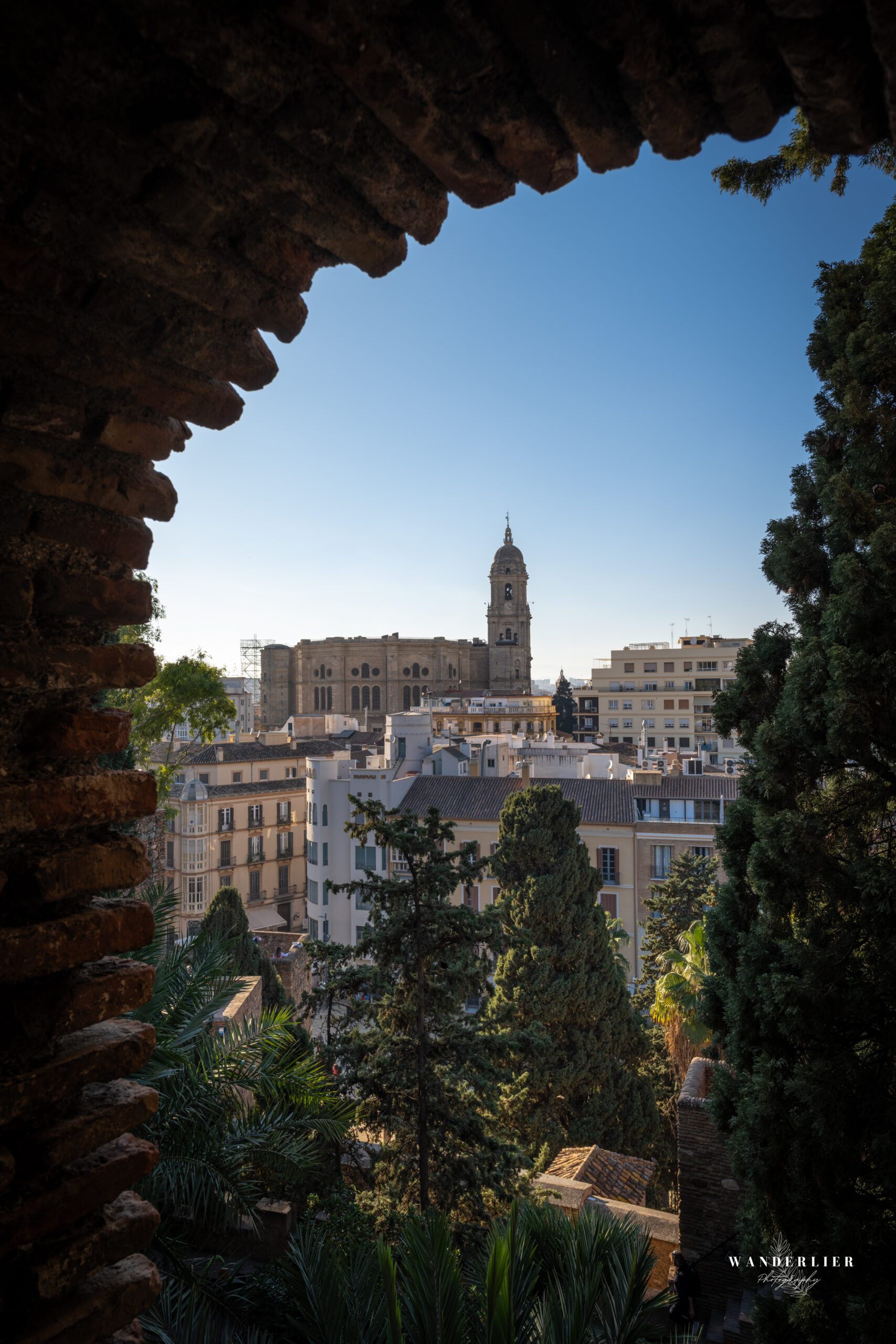
Castillo de Gibralfaro
The imposing Castillo de Gibralfaro, located atop a hill in Malaga, Spain, is a historic fortress that embodies a rich history. The castle was originally built in the 10th century by the Moors as a defense against invasions. Strategically positioned, the castle offered panoramic views of the Mediterranean Sea and the city.
In the 14th century, the castle was expanded under the command of Yusuf I of the Nasrid dynasty. During this period, the castle was named “Gibralfaro,” which means “rock of the lighthouse,” referring to the fire signals used to facilitate communication between the castle and the Alcazaba fortress at the foot of the hill.
A notable feature of the Castillo de Gibralfaro is the impressive double wall that surrounds the castle. The construction was designed to strengthen its defense and is considered an example of medieval military architecture.
The castle played a crucial role in the history of Malaga, particularly during the Siege of Malaga in 1487, when it was recaptured from the Moors by the Catholic Monarchs Ferdinand II of Aragon and Isabella I of Castile. After this victory, the castle was converted into a fortress and prison.
Today, visitors can enjoy a fascinating journey through history as they walk through the gates of Castillo de Gibralfaro. The view from the top of the castle is breathtaking, offering a panoramic view of Malaga, the port, and the surrounding hills.
A special experience is the walk from the nearby Alcazaba to Castillo de Gibralfaro, which takes you through beautiful gardens and the old city wall. The castle remains an important cultural heritage site and a must-visit for anyone interested in the rich history of Malaga.
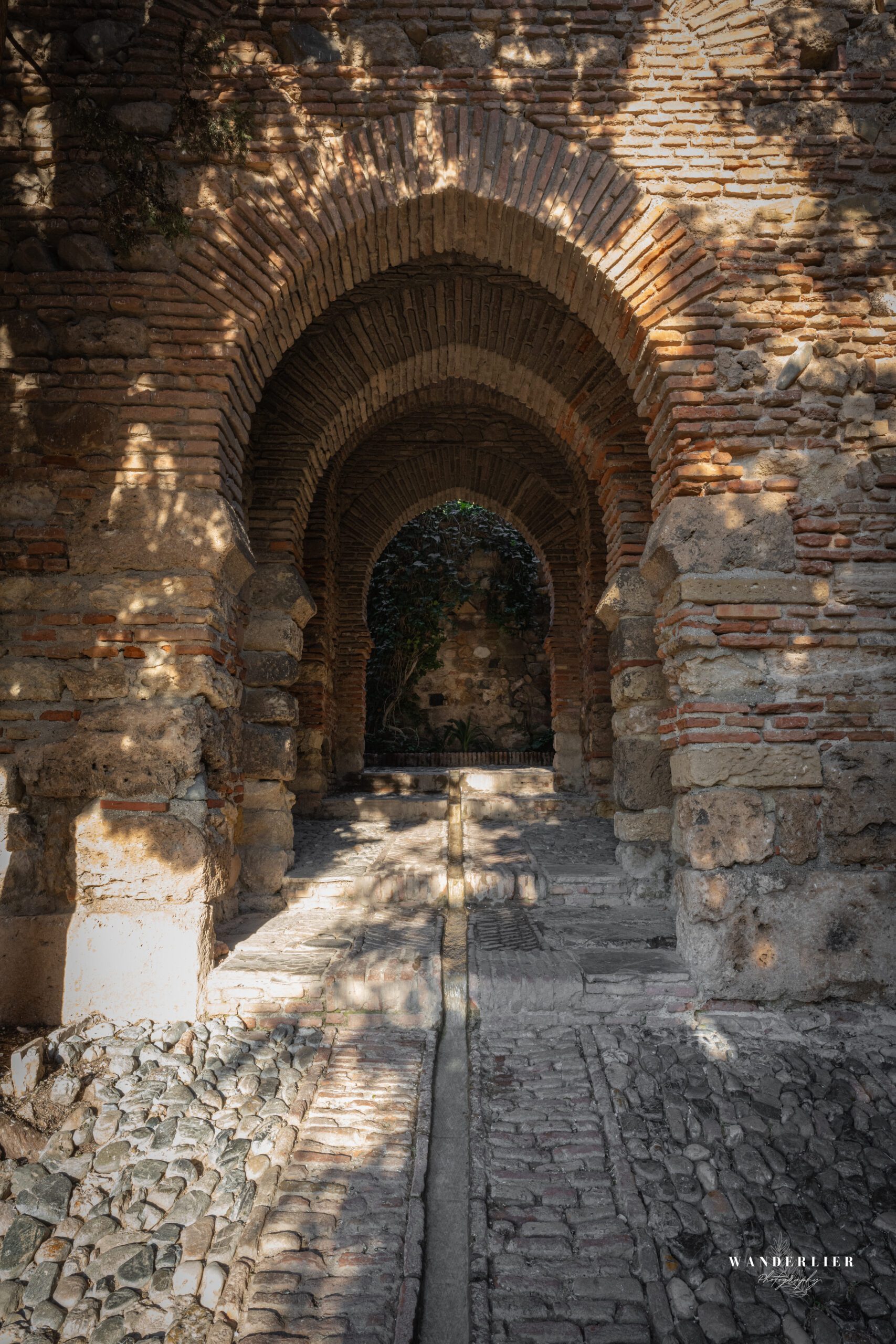
Alcazaba
The Alcazaba of Malaga, an impressive Moorish fortress, dominates the city’s skyline. It takes visitors back to an era of Moorish rule in Spain. Built in the 11th century, it served as a fortified residence for Moorish rulers.
The design of the Alcazaba reflects the splendor of Moorish architecture, with its lush gardens, labyrinthine corridors, and ornate fountains. The structure is a masterpiece of military engineering, with thick walls and imposing towers that dominate the surrounding hills.
The fortress features a central courtyard, the Patio de los Naranjos, surrounded by arches and filled with orange trees. This peaceful courtyard contrasts with the strategic military elements of the Alcazaba, including the impressive Torre del Homenaje, a watchtower offering spectacular views of the city.
One of the most remarkable features of the Alcazaba is its access gate, the Puerta de la Bóveda, with its distinctive arches. Once inside, visitors can wander through the corridors, admiring how the Moorish and Spanish styles seamlessly blend.
The Alcazaba is connected to the nearby Castillo de Gibralfaro via an ancient wall. A walk between these historic sites offers not only a glimpse into history but also beautiful views of the city and the Mediterranean Sea.
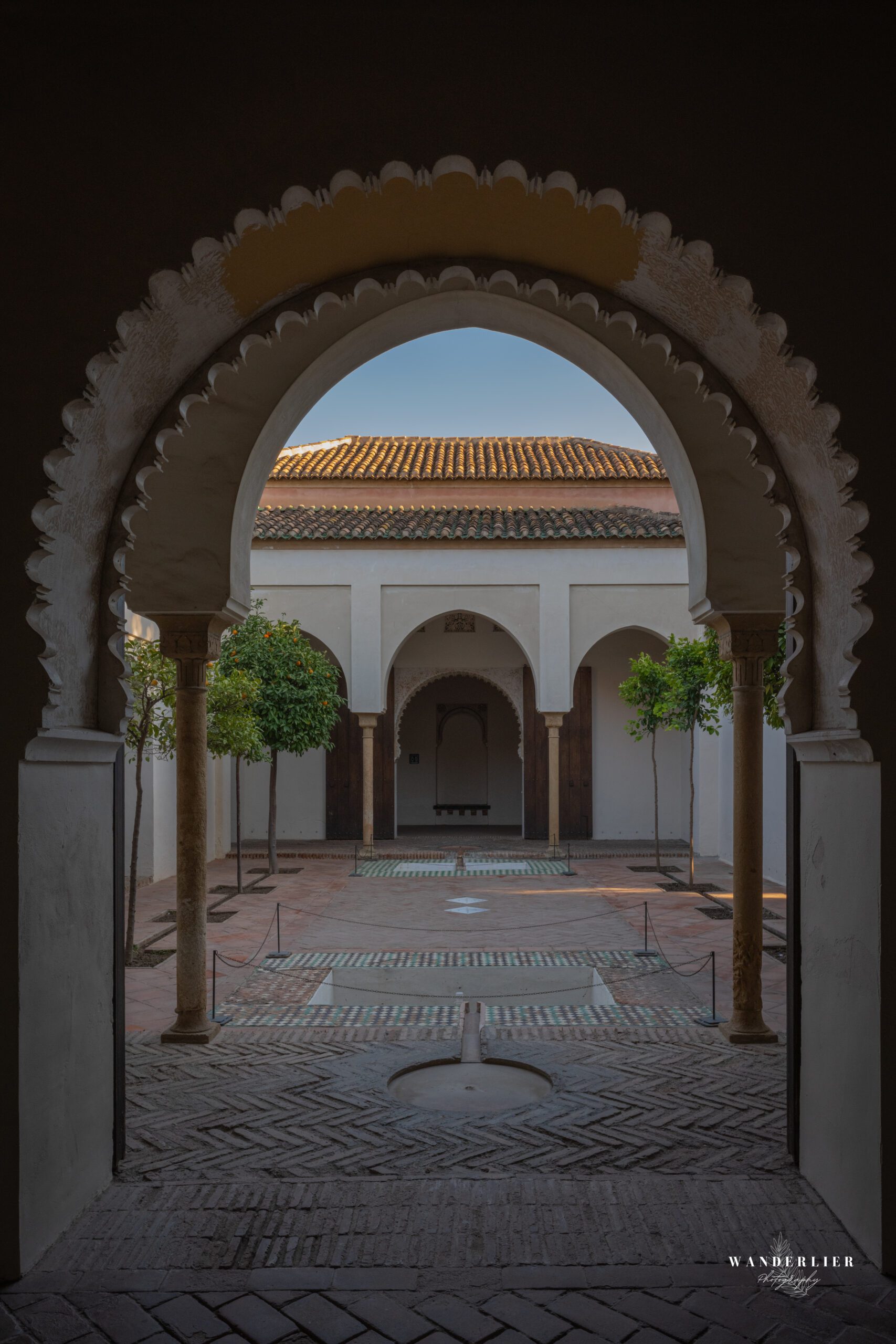
Mercado Central
The Mercado Central, located in the heart of Malaga, is a bustling marketplace that celebrates the local flavors and colors of Andalusia. The market, also known as Atarazanas Market, is housed in a beautifully restored 19th-century building that once served as a shipyard during the Moorish rule.
Inside the market, visitors are immersed in a vibrant world of smells, tastes, and lively atmosphere. The stalls are richly filled with fresh products, ranging from colorful vegetables and fruits to seafood, cured meats, and gourmet treats.
The Mercado Central is not just a place for shopping, but also a social meeting point where locals and tourists come together to experience the rich culinary traditions of Malaga. The market is a gastronomic paradise that reflects the diversity of Andalusian cuisine.
Fresh fish, straight from the Mediterranean Sea, graces the fish section, while the scent of herbs and spices fills the air at the stalls offering local delicacies. The market is also home to several tapas bars and food stands, where visitors can enjoy authentic Spanish dishes in an informal setting.
The architectural design of the market is an attraction in itself, featuring a striking stained-glass window in the main facade that reflects the history of Malaga. The market hall is open daily, except on Sundays, and attracts both locals and tourists looking for fresh ingredients and an authentic culinary experience.
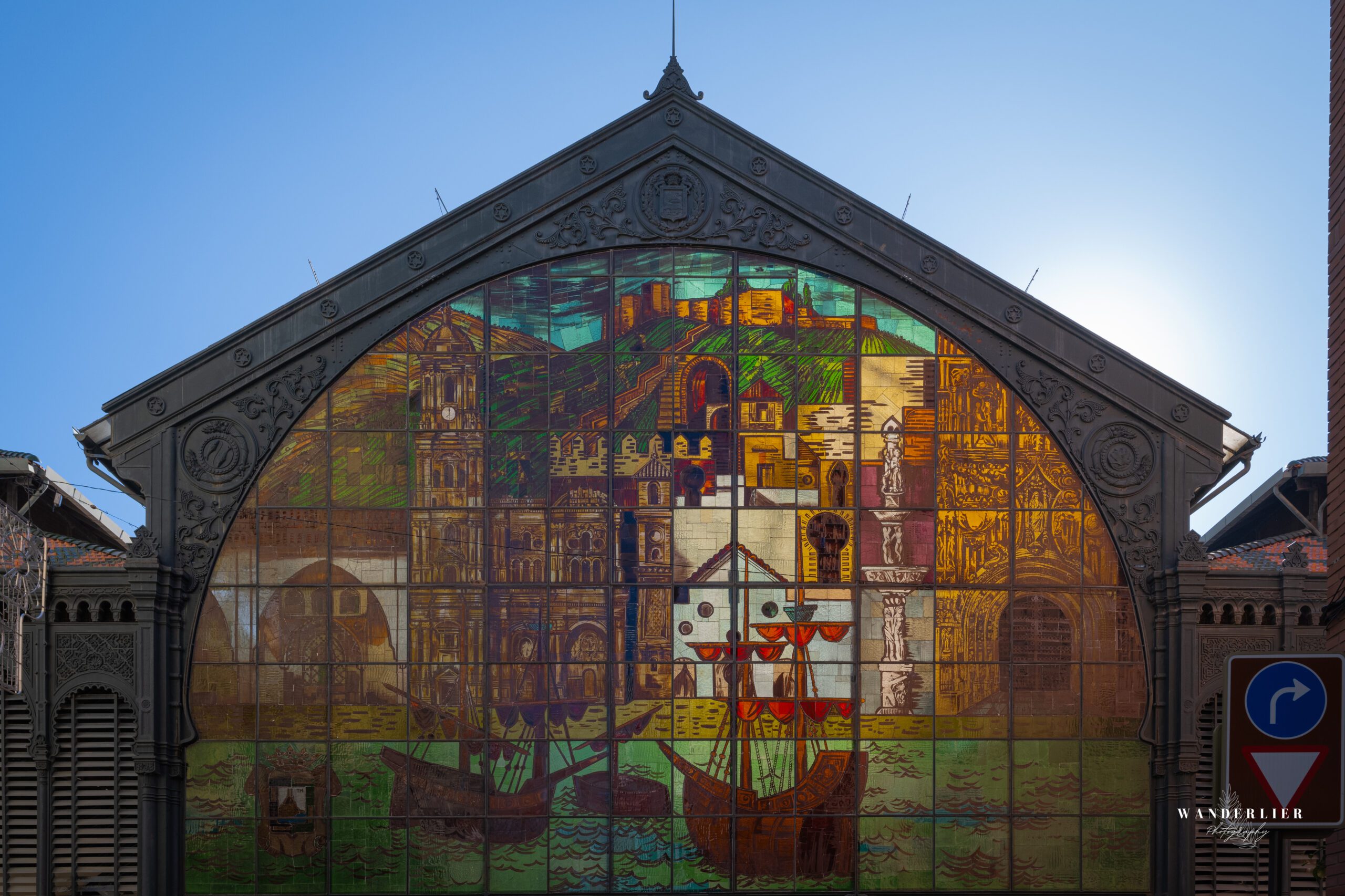
La Farola de Malaga
La Farola de Málaga, an iconic lighthouse, graces the harbor of Málaga and serves as an important historical and maritime symbol. Built in 1817, the lighthouse is known as “La Farola” due to its distinctive appearance, located at the end of the famous Paseo del Parque.
The lighthouse served as a beacon for ships approaching the harbor, and its historical significance is deeply intertwined with Málaga’s maritime history. La Farola has undergone several renovations, but it still retains its original structure, with a slender, cylindrical tower overseeing both the sea and the city.
Standing at approximately 38 meters tall, the lighthouse offers stunning views of the Mediterranean Sea and the surrounding city. Its location at the end of Paseo del Parque makes it a favorite spot for both locals and tourists to walk and enjoy the sea breeze.
The design of La Farola combines classical and neoclassical elements, with a white tower and a red band that distinguishes it from the surrounding architecture. In the evening, the lighthouse beams illuminate the coastline, making it a captivating sight.
In addition to its function as a beacon, La Farola holds cultural significance for the people of Málaga. It symbolizes a connection to the sea, the city’s history, and the ongoing development of the harbor.
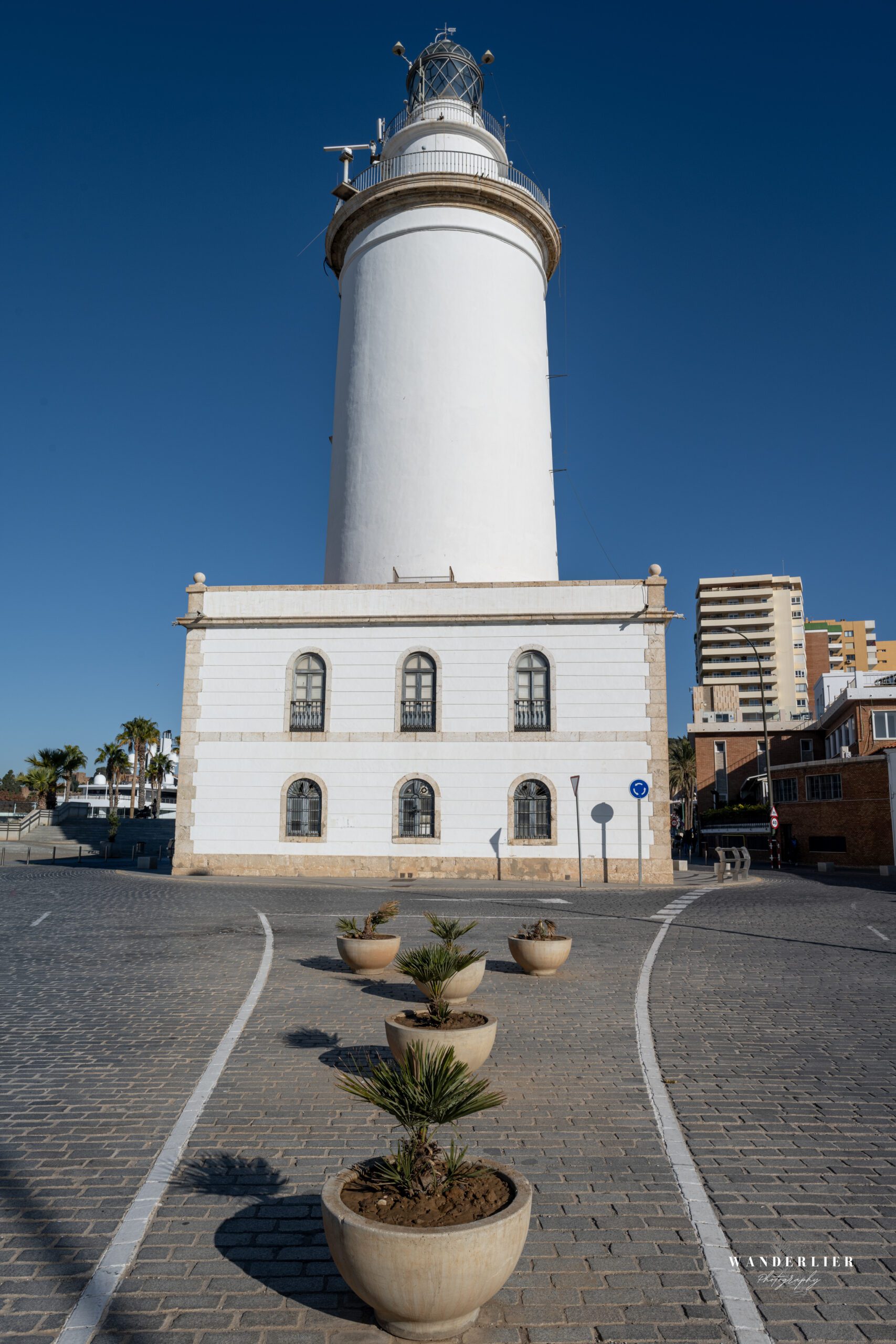
Malaga Christmas lights
The Christmas lights in Málaga transform the city into a magical spectacle, where thousands of lights adorn the streets and create a festive atmosphere. Every year, the Christmas decorations in Málaga are eagerly anticipated and welcomed with great enthusiasm, giving the city an enchanting glow during the holiday season.
The spectacle traditionally begins with the ceremonial lighting of the enormous Christmas tree at Alameda Principal, the central square of Málaga. The tree, beautifully decorated with glowing ornaments and sparkling baubles, marks the start of the festivities.
Along the most iconic streets, including Calle Larios, a captivating array of Christmas lights is displayed. The lighting is carefully selected, ranging from classic Christmas symbols to modern, imaginative designs that turn the streets into a colorful and festive show.
Calle Larios, as the heart of the Christmas lights, presents a unique theme every year. It becomes a gathering place for locals and visitors who come together to enjoy the festive display, shop in the beautifully decorated boutiques, and listen to street bands that enhance the atmosphere.
In addition to Calle Larios, many other locations throughout the city embrace the Christmas spirit. Squares, shopping streets, and historic buildings are all magically illuminated, giving Málaga a fairytale-like appearance during the Christmas period.
The Christmas lights in Málaga are often accompanied by musical events, Christmas markets, and celebrations. The city comes alive with a sense of warmth and togetherness, where people explore the streets, shop for gifts, and indulge in the culinary delights that complement the festive atmosphere.
